The Balearic Islands are a group of islands located in the western Mediterranean off the east coast of Spain and are a must for any sailor. Whether you are professional or beginner, the various Balearic Islands of Mallorca, Ibiza, Formentera, Menorca and the Cabrera archipelago are a very attractive sailing area for everyone. The main island of Mallorca is also easily accessible from most European airports, so early and late in the season a spontaneous trip can easily be made after a short journey by plane.
Those who come to Mallorca to sail have the option of mooring in state ports, private clubs or in a large number of dreamy bays. The private clubs have higher berthing fees than the often crowded state harbours, but also offer much more comfort. However, many crews only call at the harbours and marinas to refuel and fill up with water and otherwise enjoy the special charm of the many cosy bays (in Mallorcan "calas") and anchorages.
Sailing takes place year-round and cruises around Mallorca at Christmas and New Year's Eve are becoming more and more popular. Many crews consciously avoid the high season of the hotter months of July/August during their holidays in Spain and prefer the season from March to June or September/October for their sailing trip. If the crew prioritises bathing stops, it is usually possible until November without any problems. The bays and marinas are also much less crowded from the beginning of October, which facilitates spontaneous mooring and makes autumn an attractive sailing season. Winter and spring are particularly suitable for sports sailing and training trips, and offer the luxury of pleasantly empty bays and marinas.
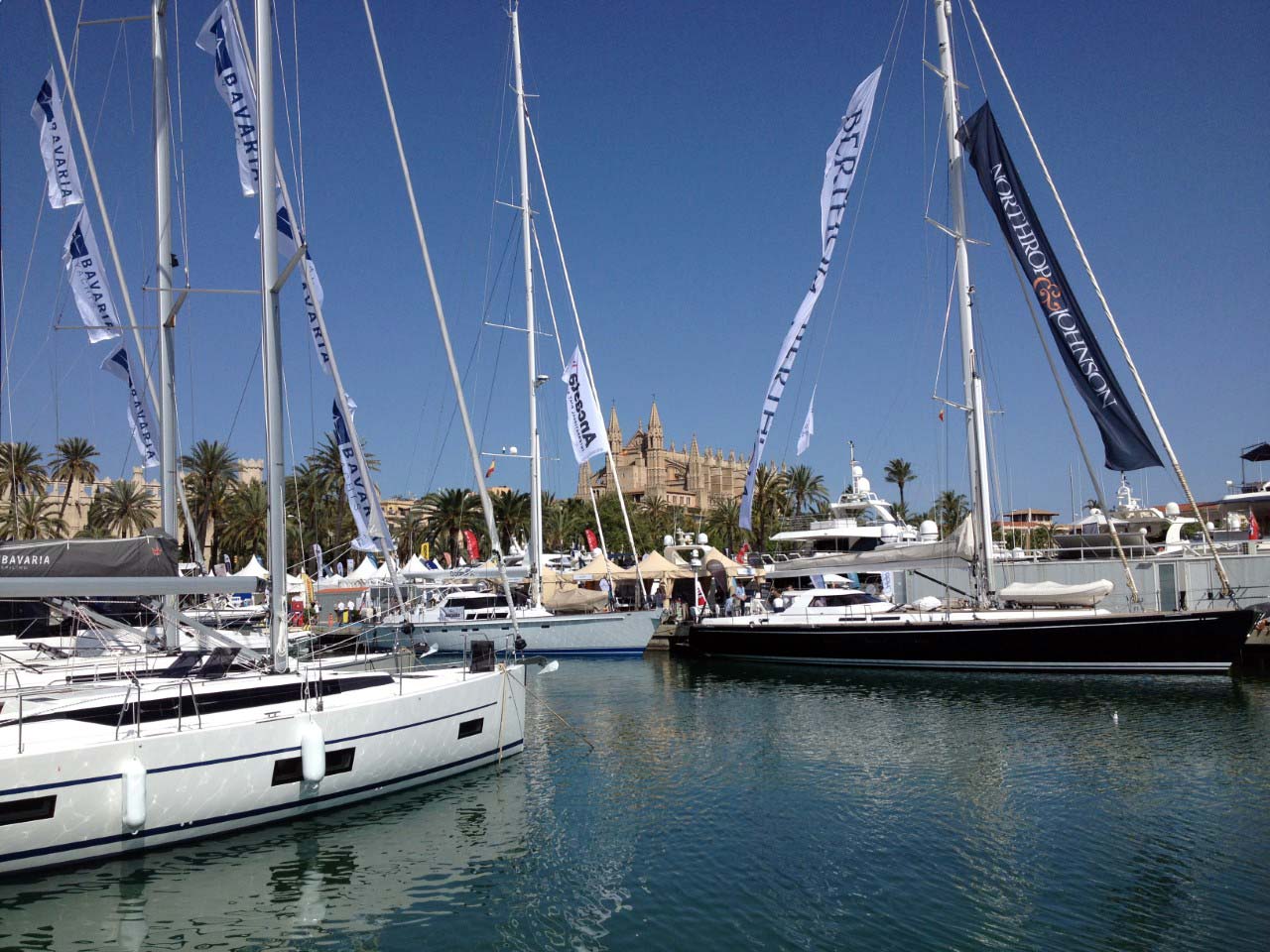
Mallorca is the main island of the Balearic Islands and impresses with its beautiful landscapes, picturesque bays with crystal-clear water, impressive stalactite caves and quaint harbour towns as well as its art, culture and urban flair and famous clubs. The preferences of a crew can be quite different, but with good cruise planning, there is something for everyone on Mallorca ... and there is also Ibiza, Formentera and Menorca!
Club Nàutic Arenal in the Bahía de Palma (Bay of Palma) is the ideal starting point for any sailing trip, whether it's a circumnavigation of Mallorca, island hopping or short excursions to enchanting bays or Cabrera. The club can be reached in less than 15 minutes from Palma airport. A berth at Club Nàutic Arenal is available to our charter clients free of charge during the entire charter. Families in particular appreciate this combination of a sailing holiday and the amenities of a private sailing club for overnight stays. In addition, Playa de Palma offers everything a holidaymaker's heart desires. A long sandy beach that invites you to stroll all the way to Palma de Mallorca, a variety of trendy bars and good restaurants, the best shopping opportunities and, in addition to sailing, every conceivable water sport from swimming and snorkelling to stand-up paddling, canoeing, surfing and even a water slide park.
In terms of sailing, there are a multitude of destinations around Mallorca. We have summarised the most beautiful calas and harbours for you here. To prepare for your trip, we also recommend taking a look at our sailing tips. Let yourself be inspired by our cruise suggestions for one day to two weeks and start planning your own Mallorca cruise!
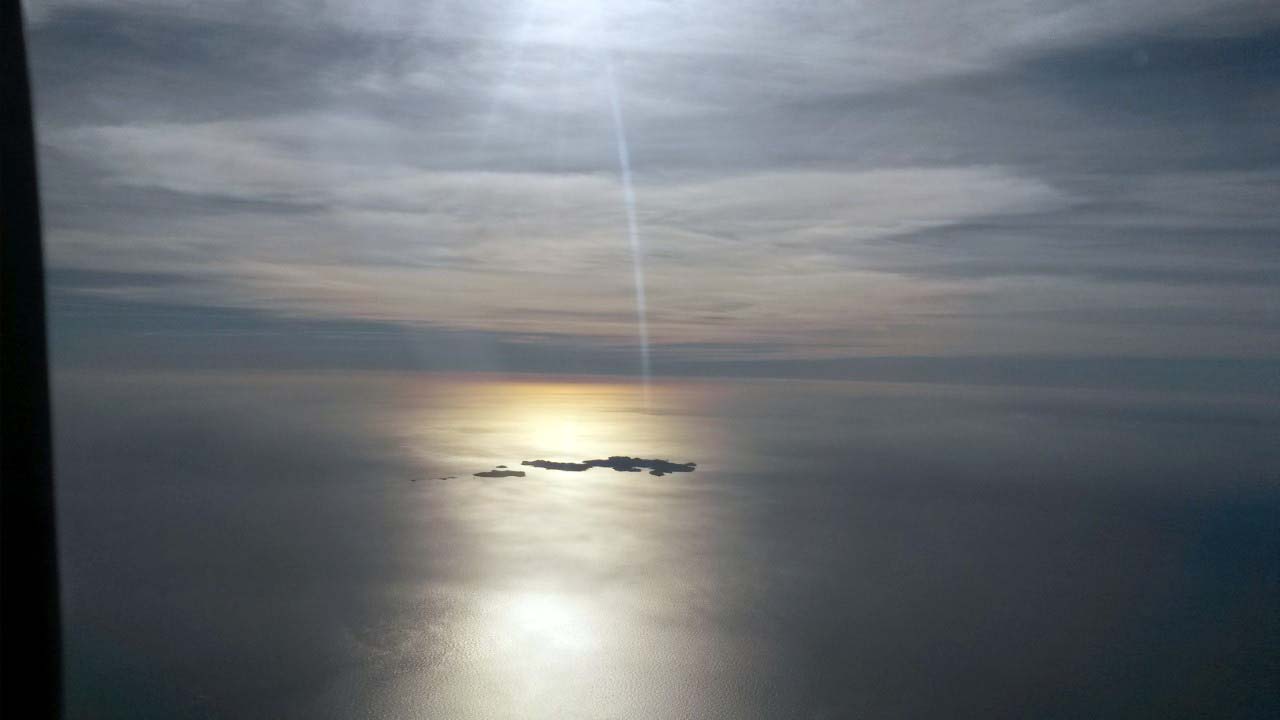
The national park of the Cabrera archipelago is not without reason one of the most popular cruising destinations around Mallorca. With its large natural harbour (39° 09,3’ N 002° 55,6’ E) and limited number of overnight buoys, Cabrera offers a welcome contrast to Mallorca. Buoys should definitely be reserved online 20 days before the overnight stay (anchoring is not allowed!), as they are often fully booked during the summer months. The island itself offers its visitors not only the harbour with "La Cantina", the small bar offering drinks and snacks, but also an impressive castle ruin, a museum and a lighthouse, which is very easy to reach on a well-maintained hiking trail.
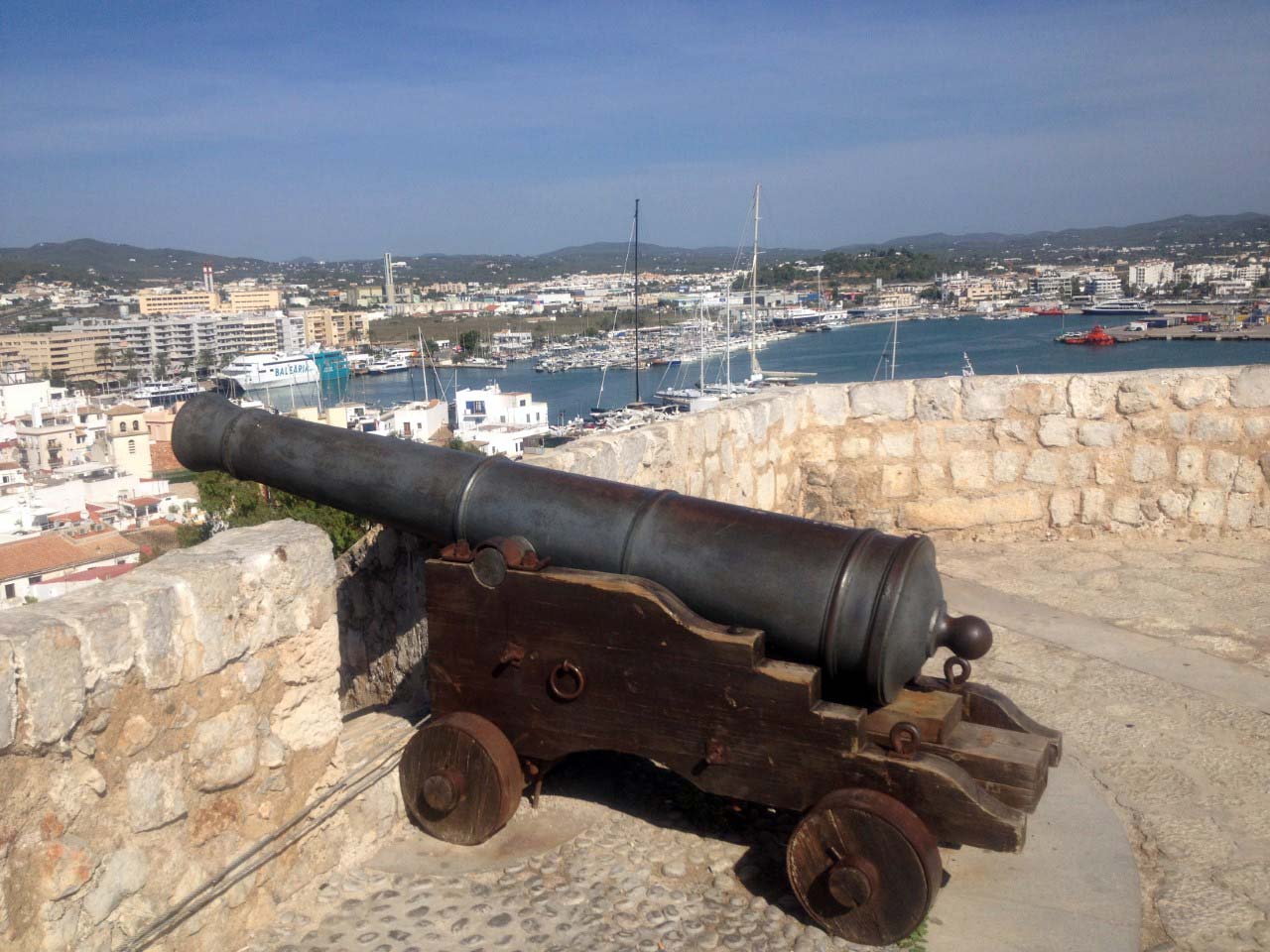
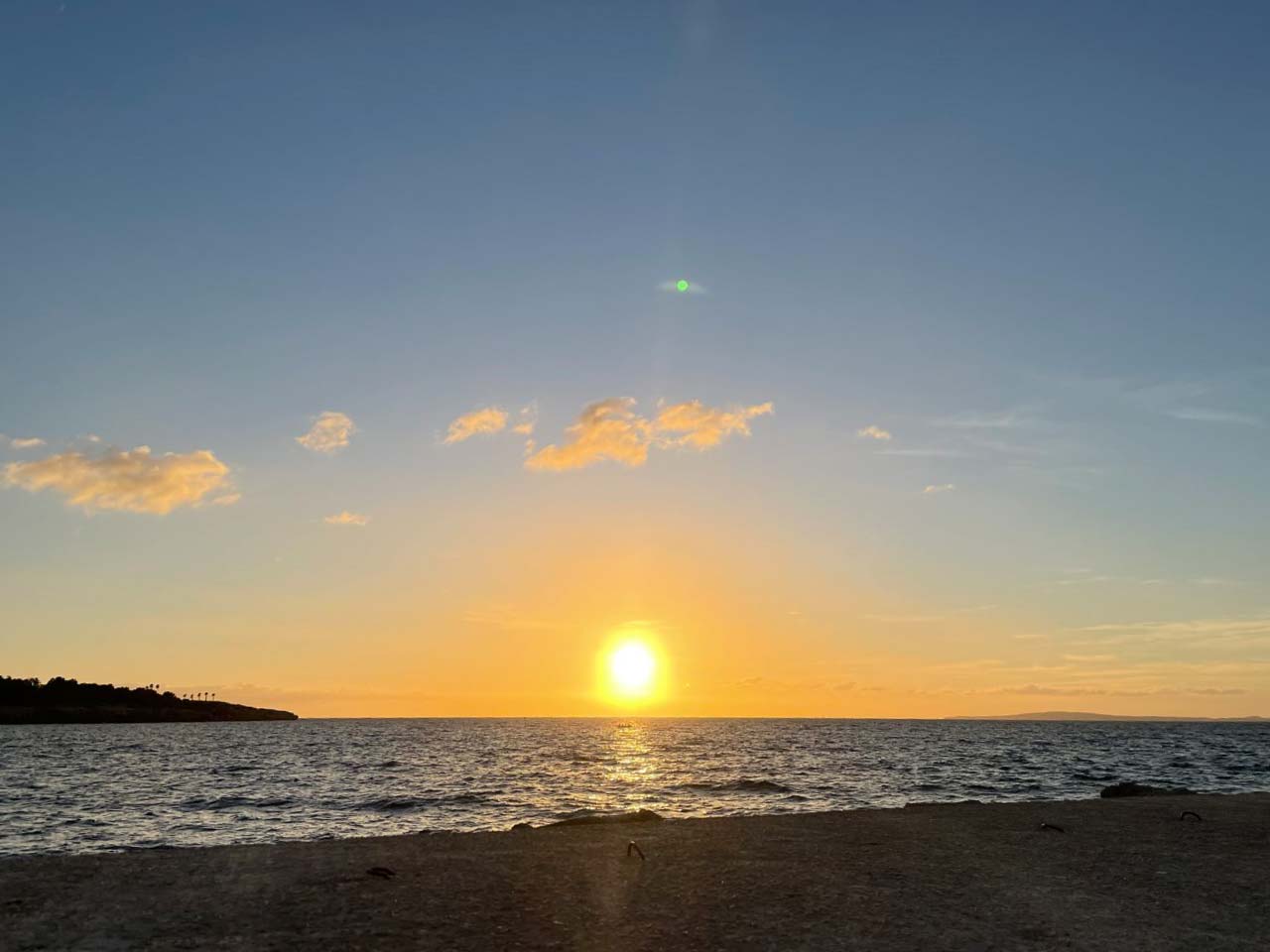
Quite a few crews also sail from Mallorca to Ibiza and Formentera. Ibiza is the third largest of the Balearic Islands and is best known for its fine sandy beaches, hip beach bars and vibrant nightlife. Formentera is small but nice and, as Ibiza's little sister, has retained its originality.
Formentera and Ibiza are rightly called "Islas Pitiusas" and once you have smelled the scent of their pine forests, you will never forget it. Natural secrets are also hidden under the water, such as a meadow with Posidonia Oceanica (sea grass) that is more than 100,000 years old and covers an area of about 700 square metres between Es Freus (Formentera) and Ses Salines (Ibiza), which has been declared a UNESCO World Heritage Site. In spring, sea turtles pass by here on their long journey from the coasts of Mexico - an incomparable natural spectacle! Ibiza and Formentera also offer beautiful rock formations, secluded bays and crystal-clear waters that invite you to stop for a swim.
Formentera has only one harbour with the two marinas "Formentera Mar" and "Marina Formentera" and can only be reached by boat or ferry. In the high season, the marinas are among the most expensive in the entire Balearic Islands, but Formentera usually offers very good sandy ground, so anchoring here is excellent. There are no large hotel complexes, but there are wonderful long white sandy beaches with a Caribbean feel and ... Formentera has the reputation of having the clearest crystal blue water of the Balearic Islands. It is therefore advisable to have diving or snorkelling equipment on board. Charming underwater landscapes with caves and canyons with excellent visibility invite you to explore.
The best time to visit Formentera is May to July and September to October.
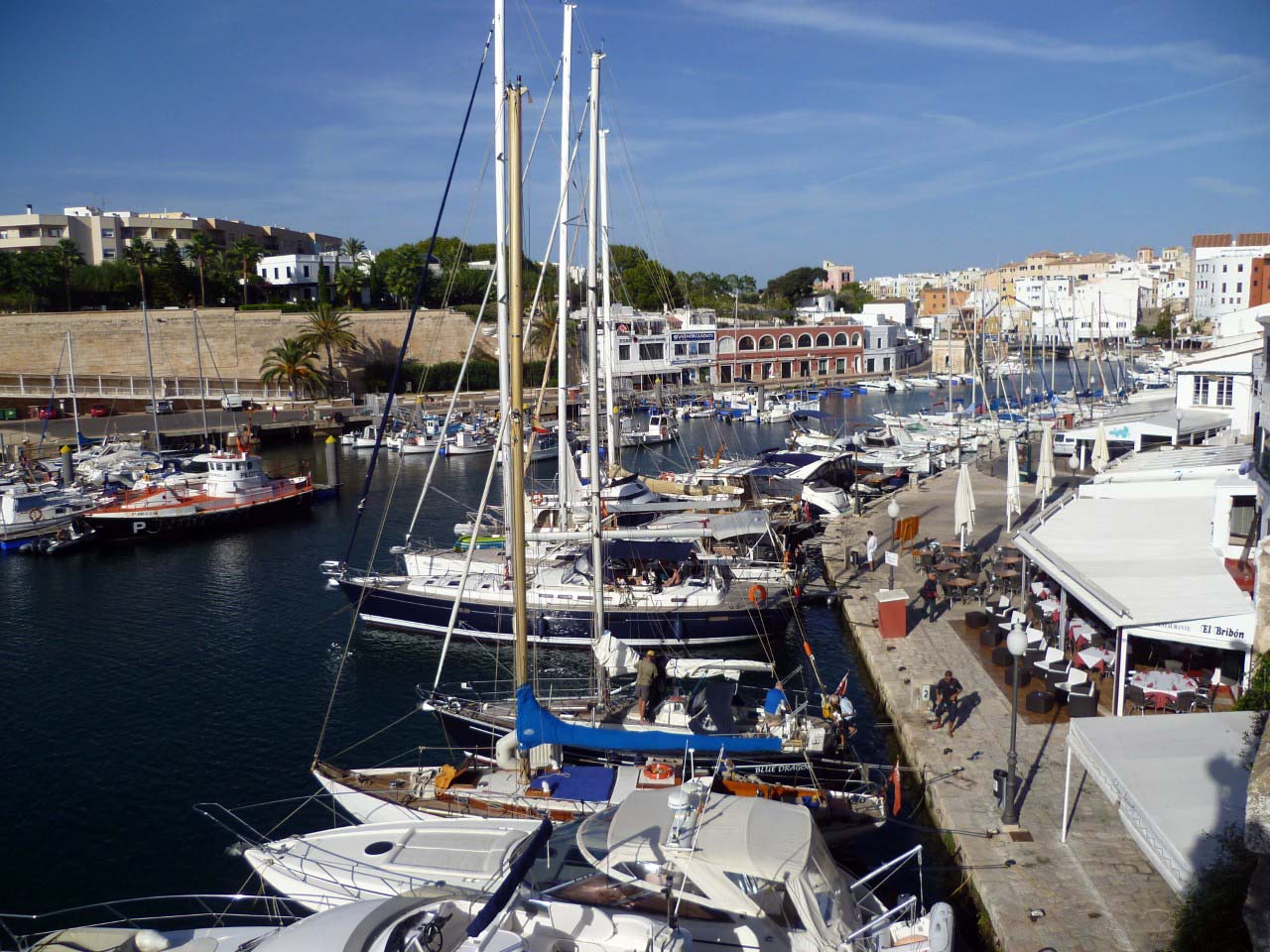
Menorca is Mallorca's little sister and stands for nature experiences far away from mass tourism. Unesco has declared Menorca a biosphere reserve, so the island with its unspoilt landscape, many undeveloped beaches and enchanted calas is particularly attractive for many sailors. A special jewel is the island's capital Ciudatella, which boasts Spanish architecture and many typical restaurants.